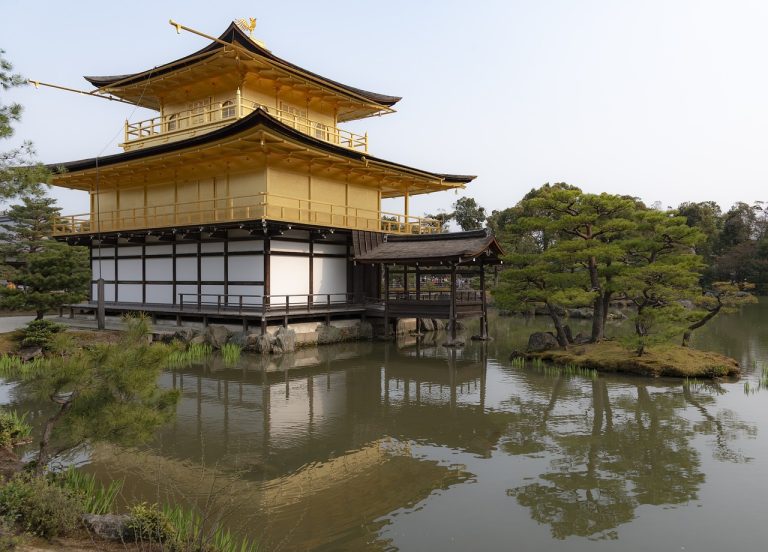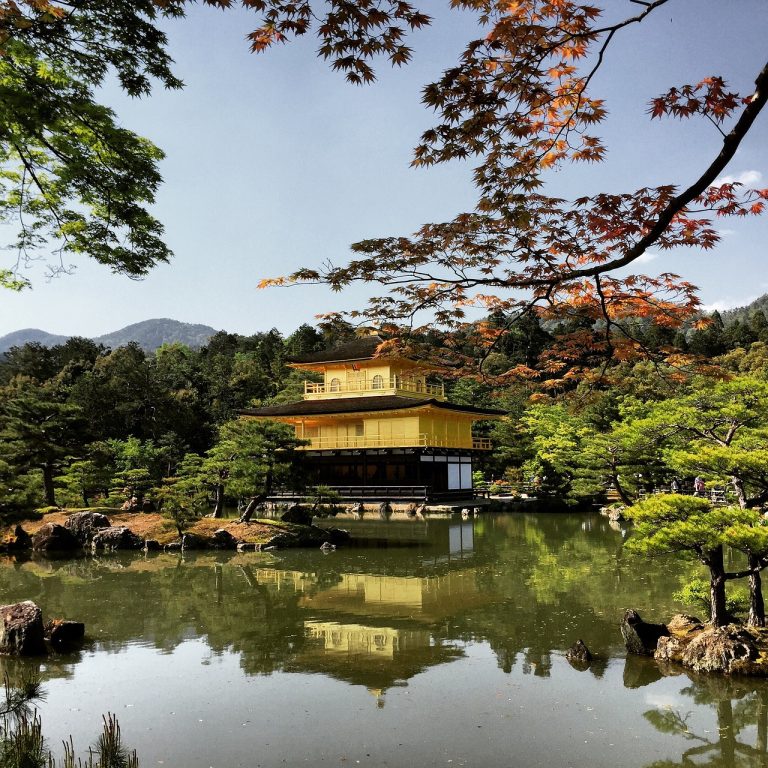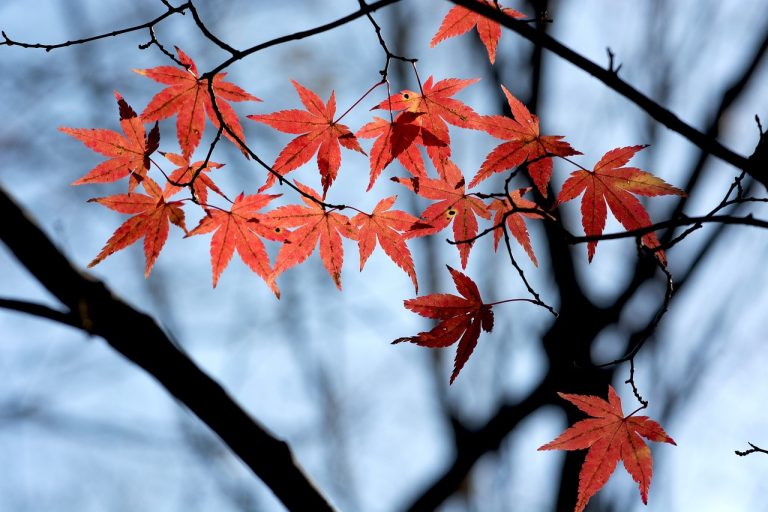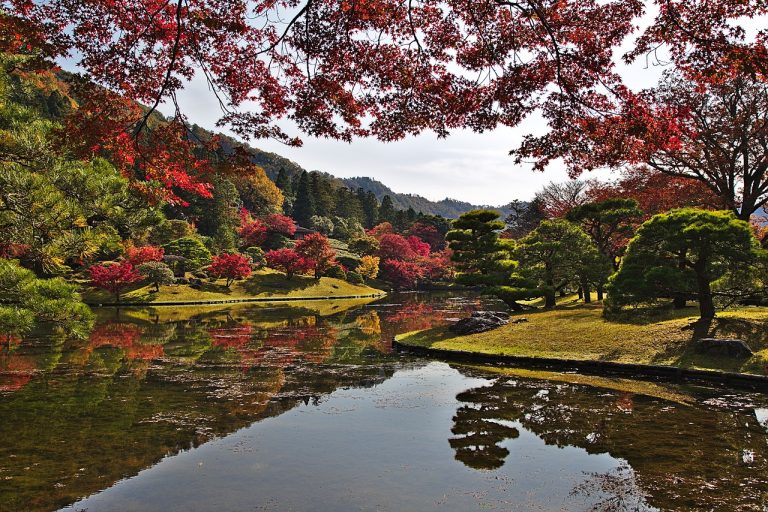Kyoto Japan Video
Historical Treasures of Kyoto Japan: Reliving the Past
Kyoto, the ancient capital of Japan, is a city steeped in history and cultural heritage. With its numerous temples, shrines, and traditional districts, Kyoto offers a glimpse into the rich past of Japan. This article explores the historical treasures of Kyoto, taking you on a journey through time.
Kyoto Imperial Palace
- Kyoto Imperial Palace: The Kyoto Imperial Palace served as the residence of the Imperial family until the capital was moved to Tokyo. The palace complex showcases traditional Japanese architecture and beautiful gardens. Visitors can take guided tours to explore the various buildings and learn about the history of the Imperial family.
- Shishinden Hall: Shishinden Hall is the main building of the Kyoto Imperial Palace and is used for important ceremonies and events. Its elegant design and intricate details reflect the grandeur of the Imperial court.
- Sento Imperial Palace: Located within the Kyoto Imperial Palace grounds, the Sento Imperial Palace was the residence of retired emperors. It features stunning gardens and meticulously preserved buildings.
Keywords: Kyoto Imperial Palace, Shishinden Hall, Sento Imperial Palace
Kyoto Japan Image 1:
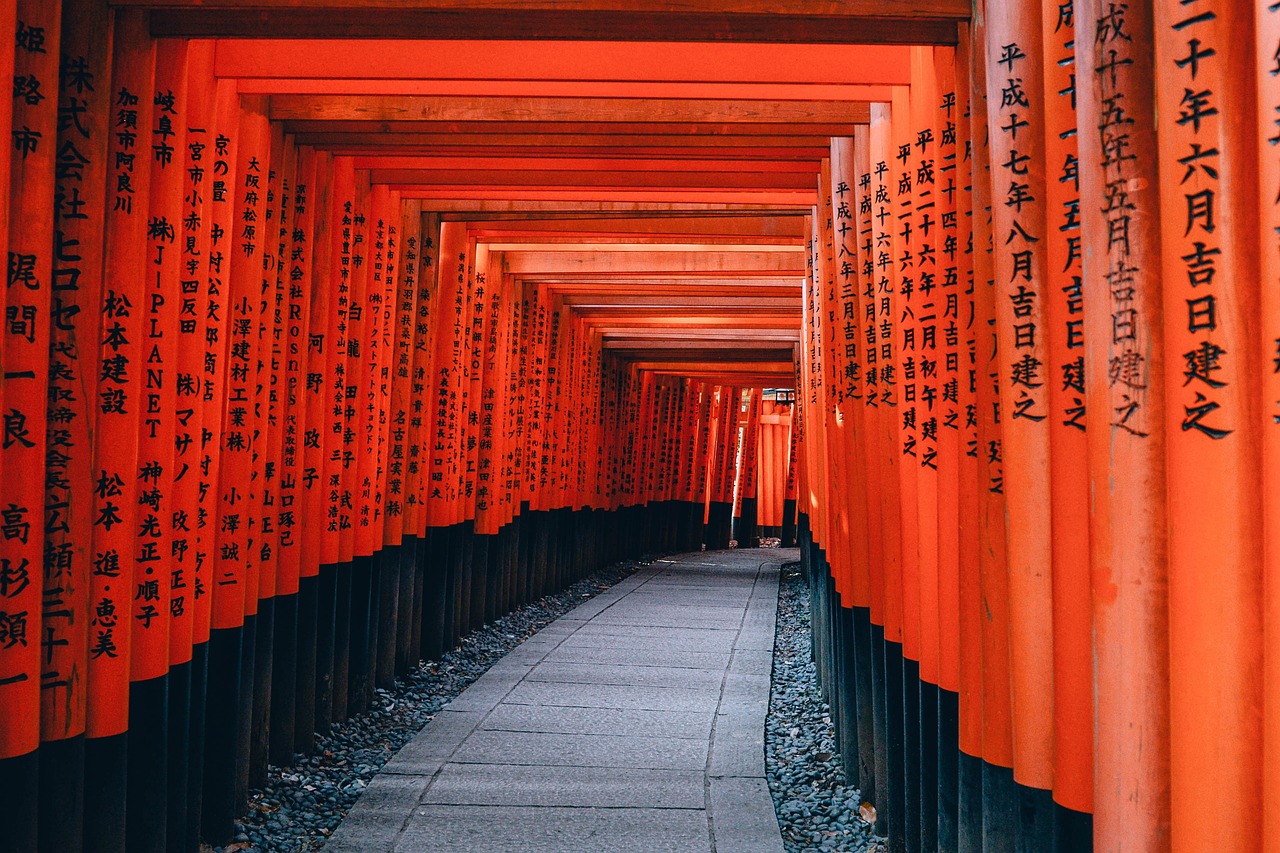
Kinkaku-ji Temple
- Kinkaku-ji Temple: Also known as the Golden Pavilion, Kinkaku-ji is one of Kyoto’s most iconic landmarks. The temple’s top two floors are covered in gold leaf, creating a shimmering reflection in the surrounding pond.
- Kyoko-chi Pond: The pond in front of Kinkaku-ji temple, called Kyoko-chi, beautifully reflects the golden temple and the surrounding scenery. It is meticulously maintained and adds to the serene ambiance of the temple grounds.
- Hōseki-dō: Hōseki-dō, or the Hall of Jewels, is a small building within the Kinkaku-ji complex that houses important Buddhist relics. Its interior is adorned with intricate woodwork and stunning artwork.
Keywords: Kinkaku-ji Temple, Kyoko-chi Pond, Hōseki-dō
Fushimi Inari-taisha
- Fushimi Inari-taisha: Known for its iconic thousand torii gates, Fushimi Inari-taisha is a Shinto shrine dedicated to the god Inari. The gates form a tunnel-like path leading up to the sacred Mount Inari, offering a unique and atmospheric experience.
- Main Shrine Building: The main shrine building at Fushimi Inari-taisha showcases traditional Japanese architecture and intricate craftsmanship. It is a place of worship and reverence for many visitors.
- Hiking Trails: Fushimi Inari-taisha is not only a place of spiritual significance but also offers picturesque hiking trails. Visitors can explore the trails that wind through the forested mountain, offering beautiful views and a peaceful atmosphere.
Keywords: Fushimi Inari-taisha, Main Shrine Building, Hiking Trails
Kyoto Japan Image 2:
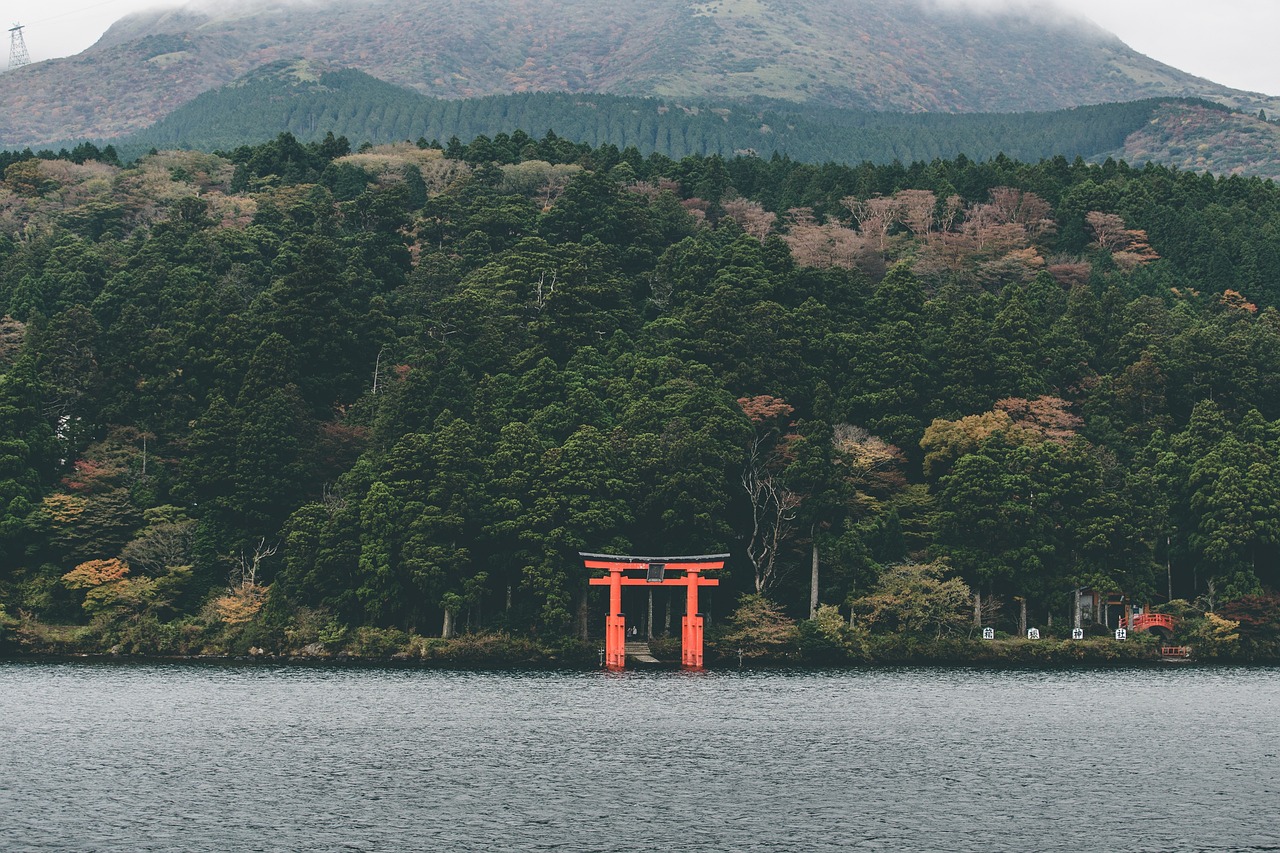
Kiyomizu-dera Temple
- Kiyomizu-dera Temple: Perched on a hillside, Kiyomizu-dera offers panoramic views of Kyoto. The temple is famous for its wooden terrace that juts out from the main hall, providing a breathtaking sight during cherry blossom season.
- Three-Story Pagoda: Kiyomizu-dera features a stunning three-story pagoda that stands tall beside the main hall. The pagoda’s elegant design and vibrant colors make it a prominent landmark of the temple.
- Otawa Waterfall: Visitors to Kiyomizu-dera can drink from the Otawa Waterfall, which is believed to grant various blessings. The waterfall is divided into three streams, each associated with a different benefit.
Keywords: Kiyomizu-dera Temple, Three-Story Pagoda, Otawa Waterfall
Gion District
- Gion District: Gion is a traditional district in Kyoto known for its preserved wooden machiya houses and geisha culture. It offers a glimpse into the old-world charm of Kyoto and is a popular destination for both locals and tourists.
- Hanamikoji Street: Hanamikoji Street is the main street in Gion, lined with traditional teahouses, restaurants, and shops. It is a great place to experience the atmosphere of the district and spot geisha and maiko (apprentice geisha) walking along the streets.
- Kyoto Minamiza Theatre: The Minamiza Theatre is the oldest theater in Kyoto, located in the heart of the Gion district. It is famous for hosting kabuki performances and offers a glimpse into traditional Japanese theater.
Keywords: Gion District, Hanamikoji Street, Kyoto Minamiza Theatre
Kyoto Japan Image 3:

Ryoan-ji Temple
- Ryoan-ji Temple: Ryoan-ji is a Zen temple known for its famous rock garden. The garden features 15 carefully arranged rocks on a bed of white gravel, symbolizing simplicity and tranquility.
- Hōjō: Hōjō is the main hall of Ryoan-ji Temple and houses the famous rock garden. The hall itself is a beautiful example of traditional Zen architecture.
- Kuri: Kuri is the temple’s kitchen and living quarters for the resident monks. It provides insight into the daily life of Zen practitioners.
Keywords: Ryoan-ji Temple, Hōjō, Kuri
Nijo Castle
- Nijo Castle: Built in the 17th century, Nijo Castle served as the residence of the Tokugawa shoguns. The castle complex is renowned for its exquisite architecture, beautiful gardens, and the famous “nightingale floors” that chirp to warn of intruders.
- Ninomaru Palace: The Ninomaru Palace is the main building within Nijo Castle and features stunningly painted sliding doors and intricate woodwork. It offers a glimpse into the luxurious lifestyle of the shogunate.
- Seiryu-en Garden: Seiryu-en is a beautiful Japanese garden located within the Nijo Castle complex. It features a large pond, meticulously pruned trees, and tranquil walking paths.
Keywords: Nijo Castle, Ninomaru Palace, Seiryu-en Garden
Heian Shrine
- Heian Shrine: Heian Shrine is a Shinto shrine dedicated to the spirits of the first and last emperors of Kyoto. Its vibrant red torii gate and large courtyard make it an impressive sight.
- Torii Tunnel: The entrance to Heian Shrine features a tunnel of torii gates, creating a dramatic and photogenic entrance to the shrine.
- Heian Shrine Garden: The garden within Heian Shrine is a peaceful oasis in the heart of Kyoto. It features a large pond, beautiful seasonal flowers, and traditional tea houses.
Keywords: Heian Shrine, Torii Tunnel, Heian Shrine Garden
Arashiyama Bamboo Grove
- Arashiyama Bamboo Grove: The Arashiyama Bamboo Grove is a mesmerizing forest of towering bamboo stalks. Walking through the grove creates a unique sensory experience as the bamboo rustles in the wind.
- Tenryu-ji Temple: Located near the Arashiyama Bamboo Grove, Tenryu-ji Temple is a UNESCO World Heritage site and one of Kyoto’s most important Zen temples. Its beautiful gardens and historic buildings are a must-visit.
- Togetsukyo Bridge: Togetsukyo Bridge spans the Katsura River and offers stunning views of the surrounding nature, particularly during the cherry blossom and autumn foliage seasons.
Keywords: Arashiyama Bamboo Grove, Tenryu-ji Temple, Togetsukyo Bridge
Kifune Shrine
- Kifune Shrine: Situated in the mountains north of Kyoto, Kifune Shrine is dedicated to the god of water. The shrine’s tranquil setting and beautiful surroundings make it a popular destination for locals and tourists alike.
- Stone Steps: The approach to Kifune Shrine is lined with stone steps, creating a sense of anticipation and reverence as visitors ascend towards the main shrine building.
- Waterfall Prayer Area: Kifune Shrine is known for its unique practice of “waterfall prayers,” where visitors write their wishes on wooden plaques and hang them near the waterfall.
Keywords: Kifune Shrine, Stone Steps, Waterfall Prayer Area
Conclusion
Kyoto, with its historical treasures, offers a captivating journey through Japan’s past. From majestic temples and shrines to traditional districts and beautiful gardens, the city showcases the rich cultural heritage of Japan. Exploring Kyoto is like stepping back in time, allowing visitors to relive the splendor and charm of ancient Japan.
References
- kyoto.travel
- japan-guide.com
- kyotostation.com


